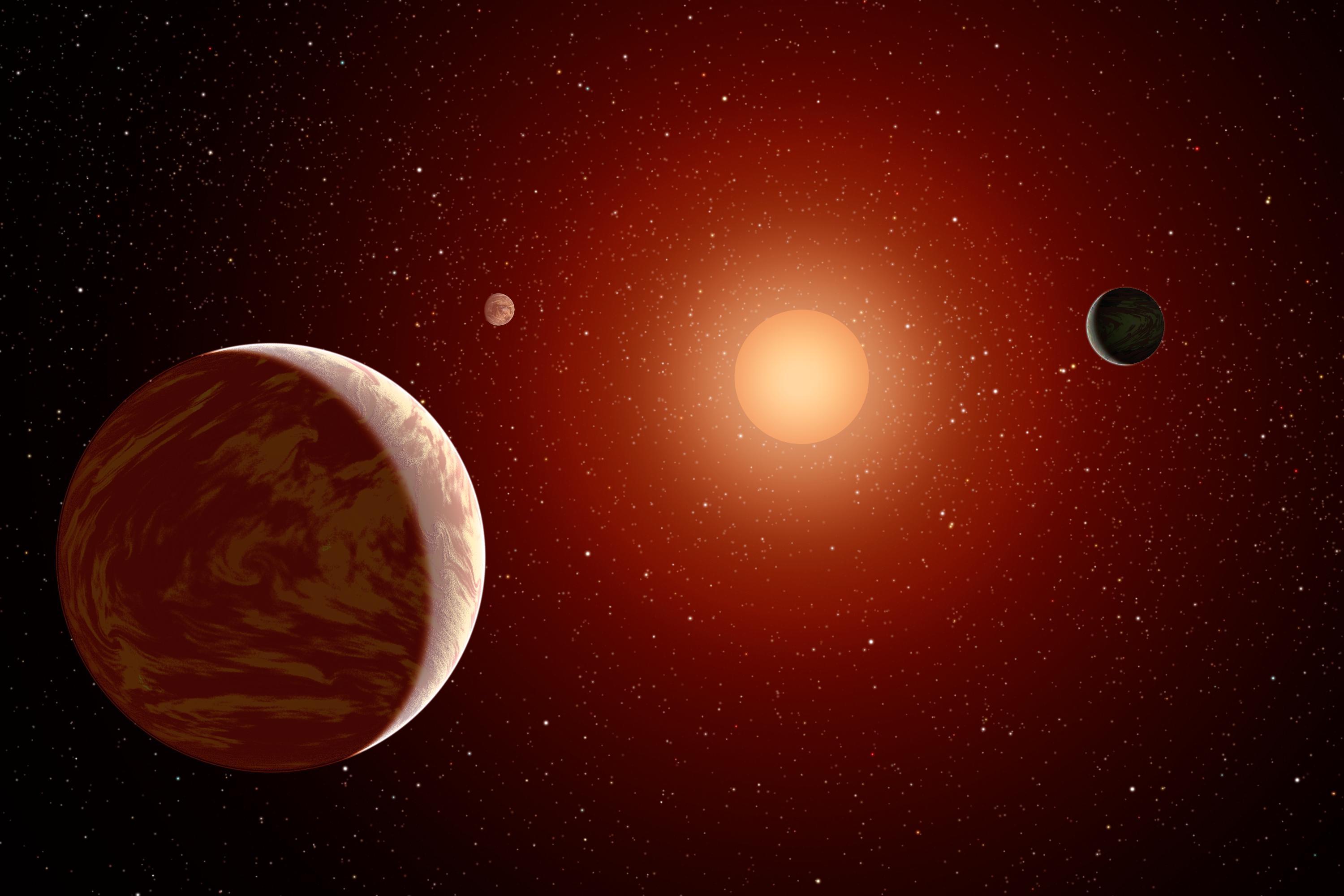
Compared to most of its neighbors, the Sun is a rare giant.
Most of the stars in the Milky Way are smaller and cooler, with a mass of at most half that of the Sun.
Billions of planets orbit these tiny stars known as red dwarfs.
A new study estimates that one in three exoplanets orbit red dwarfs that are friendly to life.
This means that there could be hundreds of millions of host planets in the galaxy, the researchers report in the review PNAS.
For a planet to be considered habitable, it would have to be at a suitable distance from its home star to have liquid water — the farther away, the water turns to ice. Closer to the star, the water becomes vapor and is lost to space.
Eccentric planets
In the case of red dwarfs, which emit much less heat than the Sun, the so-called “habitable zone” is close to the star, and it is as close to the Sun as Mercury.
But this is not enough for the existence of liquid water. As the authors of the new study explain in their announcement, the key parameter is the “eccentricity” of each planet’s orbit. The more unusual the orbit, the more elliptical rather than circular in shape.
Planets moving in eccentric orbits at a short distance from the star are considered inhospitable, as the star’s gravitational oscillation causes strong tidal forces. Basically, the planet is first compressed and then expanded as it moves in its orbit, which creates strong frictional forces. This releases heat, like when we rub our hands together. This heat is enough to erase all traces of water and turn the planet into a hot hell.
The new study uses observations from the Kepler space telescope, which is specifically designed to discover planets, as well as data from Europa’s Gaia telescope, which has measured distances to billions of stars in the Milky Way.
The data allowed the researchers to calculate the orbital eccentricity of a sample of 150 planets around red dwarfs. The researchers said the analysis showed that two-thirds of these planets move in eccentric orbits and are therefore uninhabitable. However, the remaining third seem to provide welcoming conditions.
The study also found that the planet is more likely to move in a circular orbit if there are other planets in the same system, which is a useful finding for detecting habitable planets.
Sarah Ballard of the University of Florida, who led the study, also commented, “I think these results are important for the next decade of studying exoplanets, as astronomers’ eyes are increasingly turned to this group of stars.”

“Avid problem solver. Extreme social media junkie. Beer buff. Coffee guru. Internet geek. Travel ninja.”





More Stories
Android finally has a solution to annoying notifications!
Activision games are on sale on Steam!
Perhaps this is how much Sony's new flagship will cost